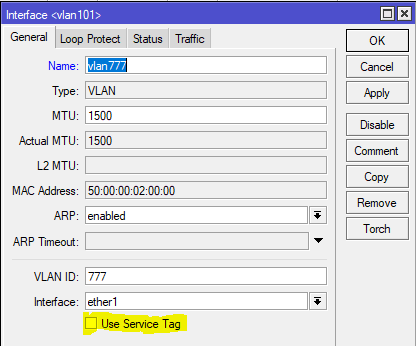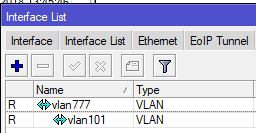What the Caesars (@DefCon) WiFi situation looks like
So I took a survey of WiFi at Caesar's Palace and thought I'd write up some results.When we go to DEF CON in Vegas, hundreds of us bring our WiFi tools to look at the world. Actually, no special hardware is necessary, as modern laptops/phones have WiFi built-in, while the operating system (Windows, macOS, Linux) enables “monitor mode”. Software is widely available and free. We still love our specialized WiFi dongles and directional antennas, but they aren’t really needed anymore.
It’s also legal, as long as you are just grabbing header information and broadcasts. Which is about all that’s useful anymore as encryption has become the norm -- we can pretty much only see what we are allowed to see. The days of grabbing somebody’s session-cookie and hijacking their web email are long gone (though the was a fun period). There are still a few targets around if you want to WiFi hack, but most are gone.
So naturally I wanted to do a survey of what Caesar’s Palace has for WiFi during the DEF CON hacker conference located there.
Here is a list of access-points (on channel 1 only) sorted by popularity, the number of stations using Continue reading




 "It’s somebody’s day job to make sure they exploit you and remain a presence on your network,” said Josh Ray, global cyber defense lead for Accenture Security.
"It’s somebody’s day job to make sure they exploit you and remain a presence on your network,” said Josh Ray, global cyber defense lead for Accenture Security. “But once you get there those investments you are making to achieve that goal ebb out. They either come down or effectively stabilize,” said CFO John Stephens.
“But once you get there those investments you are making to achieve that goal ebb out. They either come down or effectively stabilize,” said CFO John Stephens. The joint offering boasts interoperability between Mist’s Learning Wireless LAN and VMware VeloCloud-based NSX SD-WAN to bring AI and open programmability to WLAN and WAN.
The joint offering boasts interoperability between Mist’s Learning Wireless LAN and VMware VeloCloud-based NSX SD-WAN to bring AI and open programmability to WLAN and WAN. The Viptela software can run on all Cisco ISR and ASR routers, as well as ENCS 5000 routers, that are four years old or younger.
The Viptela software can run on all Cisco ISR and ASR routers, as well as ENCS 5000 routers, that are four years old or younger.